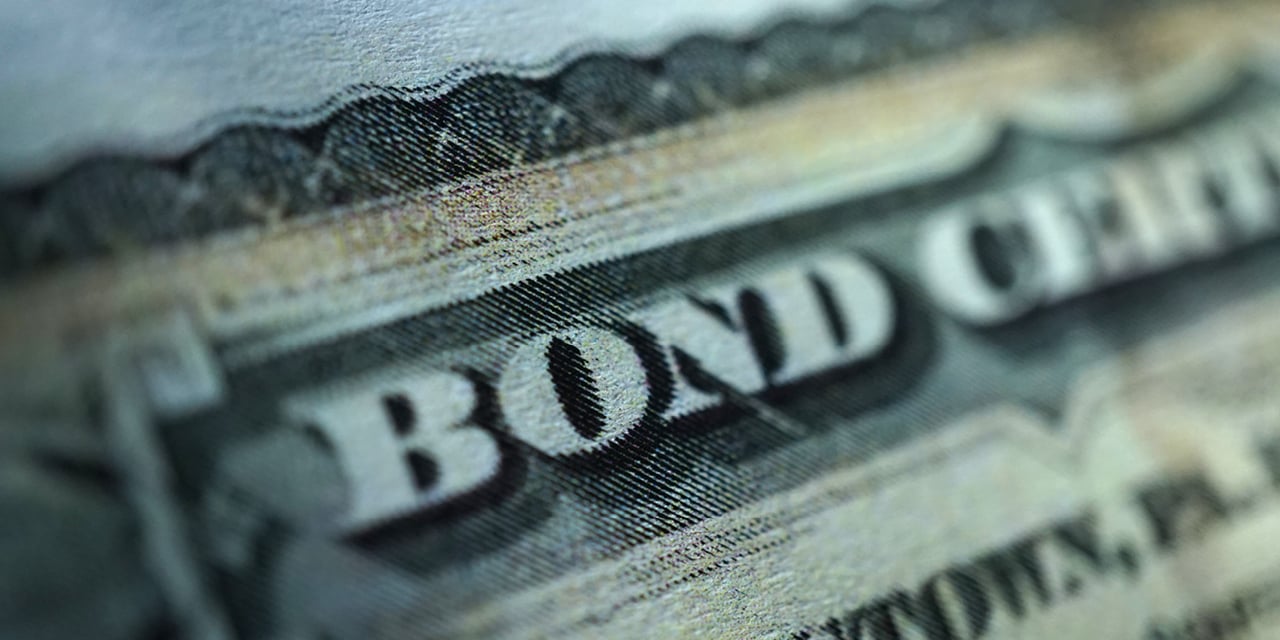
All That Matters: Things That Surprise Us
Where are all the workers? Is the market going to underperform in the second half of the year? And, what does Taylor Swift have to do with consumer sentiment? In this summer installment of All That Matters, Mike Antonelli and Ross Mayfield answer these questions and share a few things that are shocking them about the markets and economy today.
Surprise #1: Market Returns
Mike:
I always think about the long-term return of the stock market when talking with clients and thinking about planning. And the long-term, non-inflation-adjusted return of the stock market over the past 100 years is about 10% per year. How are we doing this decade? We're three and a half years in, and despite how crazy it’s been, the market is averaging a little over 11%! Does that surprise you?
Ross:
It probably shouldn’t surprise me, but after two bear markets, two world-changing events (pandemic, and inflation), here we are with double-digit returns and above the long-term average. If there’s one takeaway for me, it’s this: this is what average or above average looks like. It can be volatile. It can be messy. It is not a clean path and yet we kind of end up here over the long term any way. So I’ll take it, because it’s been a volatile decade and I think anybody would be thrilled to have that return.
Surprise #2: The Labor Market
Ross:
At this point, I think everyone knows that we have a hot labor market. Over the last year and half of client events and talking to people, a major topic has been “Where are the workers?” And yet today in the summer of 2023, we are doing a better job of employing people and getting people to work than we’ve done in a long time. The employment-to-population ratio for prime age workers – 25 to 54 – is at its highest in the last 20 years. It’s an incredible signpost that we’re getting the people who most want to work – early and mid-career folks – into jobs at as good a rate as we’ve ever done. And it’s even better for the female population. It’s not perfect, but I’m really impressed that we’re getting people who want to work into jobs.
Mike:
This is a great stat; I love this stat. The employment-to-population ratio for prime age workers peaked in the year 2000 at about 81%. Today, we’re just shy of 81%. People do want to work and they are working. The composition of labor may have changed – people left some jobs to take professional and technical jobs post-COVID – but the US labor market is still really, really strong.
Ross:
A consumer-based economy is driven by how strong a labor market is. And the labor market is strong. Wage growth is good, but not so good that it’s inflationary and problematic, in my opinion. This stat is a bullish signpost for me for the economy.
Surprise #3: U.S. Oil Production
Mike:
This gets talked about a lot, and it’s certainly a component of inflation. For a long time, the United States was the largest crude oil producer in the world. And the question is: Are we still? So I looked into the data. Back in December 2019, we had peaked at 12.9 million barrels of crude oil per day. It dropped to 9.7 during COVID, and yet we’ve rebounded to 12.6 million barrels. We’re almost back to the most barrels of crude oil we’ve ever produced in a month, after COVID broke supply chains, caused inflation to surge, and so much more. We’re almost back to where we were.
Ross:
There’s two things, and you hit on both of them a bit:
- For a consumer, more supply of oil on the market means lower gas prices, and that’s really important for how the consumer views inflation and the economy. If gas prices are in check, consumers are happy
- On the geopolitical front, if we’re producing enough energy to run our country, it makes us less reliant on nations that we might butt heads with at some point. And ultimately, it’s just great for the security of our nation.
Surprise #4: Market Momentum
Ross:
I wanted to look at what happens after you have a really first strong half to the year, because I think many people would be inclined to think that if the first half of the year is good, the second half has to be bad. But historically, if you look at the last 100 years of market data, if the first half of the year returns more than 10%, which it did in 2023, your median return for the second half is above the long-term median. We’re entering a seasonally tough patch, but for the full second half, it’s a bullish signpost.
Mike:
People always think if things are going well, they have to go bad. But that’s not generally how the stock market works. It instead focuses on: Are things getting better, getting worse, or staying the same? Looking at the top 15 starts of the year through the first 132 trading days – roughly where we are right now – we’re at the 13th best start to the year. And while it’s just past performance – no guarantee of future results – it’s evidence-based investing.
Ross:
A lot of the stuff we’re talking about reflects an economy that has been a positive surprise for most of the year. We started the year with a negative outlook: a potential recession and expecting the market to struggle, if not crash. But things have been better than we expected, and it’s pushed the market higher. We’re seeing some of the market momentum to pick up, and the basic economy is stronger than expected and improving kind of every day.
Surprise #5: Vibes, and Taylor Swift
Mike:
The vibes seem so much better so far this summer. It’s an important idea in a macroeconomic sense: are people comfortable with the value of their home? Do they have a job? Are they spending? These are the things that drive the economy and the stock market. Take Taylor Swift: she’s going from city to city on her tour and bringing economic stimulus to major American cities with sold-out hotels and restaurants. She’s not the reason why the economy is doing better and the market is going up, but she’s an example of it. People are spending money; we’re out of this post-pandemic, COVID mindset, and the economy is just getting better.
Ross:
You’re right, it’s emblematic of the broader scene. I went to Disney World a few months ago with my family and it’s the same thing. It’s packed to the brim. The prices are a little bit higher and people feel that, but they’re also still spending. And so it means more dollars are in the economy. People are out of the house at the same time the supply chains are normalizing. It’s the best of both worlds in a sense, and you can really feel it. And you’re right, it’s starting to be reflected in the vibes; just last week the consumer sentiment report, a major survey, hit a two-year high. People are finally starting to cheer up a bit.
Mike:
A couple things can be true, Ross. There could be parts of the economy that are struggling, and parts that are doing well. There could be consumers that are struggling and consumers doing well. In the aggregate, the economy seems to be avoiding this recession that’s been called for – the average ordinary person has a job, they’re spending, and their home price is stable.
If you have additional questions on how the market might influence your portfolio and broader plans, your Baird Financial Advisor is only a phone call away. For more insight into managing your portfolio, check out our articles on bairdwealth.com and the latest issue of Digest.
The information reflected on this page are Baird expert opinions today and are subject to change. The information provided here has not taken into consideration the investment goals or needs of any specific investor and investors should not make any investment decisions based solely on this information. Past performance is not a guarantee of future results. All investments have some level of risk, and investors have different time horizons, goals and risk tolerances, so speak to your Baird Financial Advisor before taking action.


